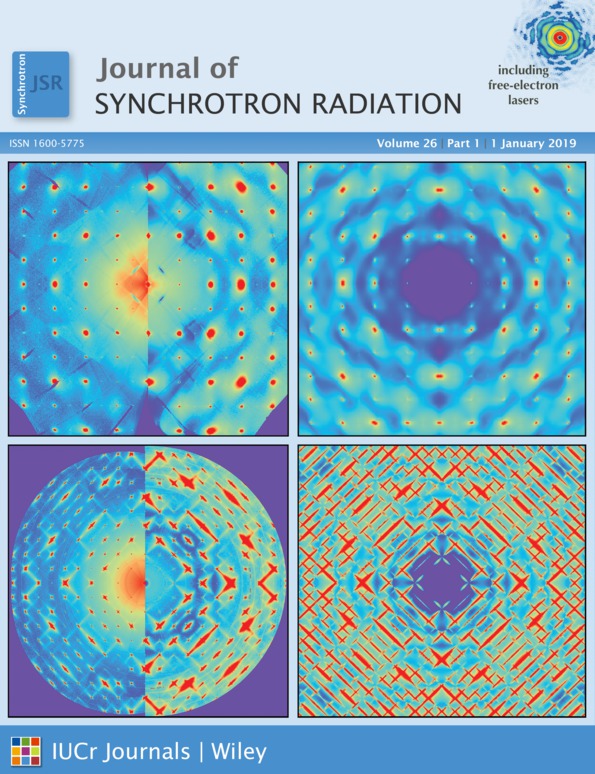Proposal of X-ray absorption spectroscopy and magnetic circular dichroism using broadband free-electron lasers
Abstract
X-ray free-electron lasers (XFELs) have been widely used for applications such as X-ray crystallography and magnetic spin probes because of their unprecedented performance. Recently, time-resolved X-ray magnetic circular dichroism (XMCD) with ultrafast XFEL pulses have made it possible to achieve an instantaneous view of atomic de-excitation. However, owing to the narrow bandwidth and coherence of XFELs, X-ray absorption spectroscopy (XAS) and XMCD are time- and effort-consuming for both machine scientists and users of XFELs. In this work, an efficient scheme using a broadband XFEL pulse and single-shot X-ray spectrometer is proposed, in which the XAS and XMCD measurements can be accomplished with the same machine conditions. An evolutionary multi-objective optimization algorithm is used to maximize the XFEL bandwidth offered by the Shanghai Soft X-ray FEL user facility without additional hardware. A numerical example using MnO is demonstrated, showing that, by using approximately 1000 consecutive XFEL shots with a central photon energy of 650 eV and full bandwidth of 4.4%, precise spectral measurements for XAS and XMCD can be achieved. Additional considerations related to single-shot XAS and XMCD are discussed.




